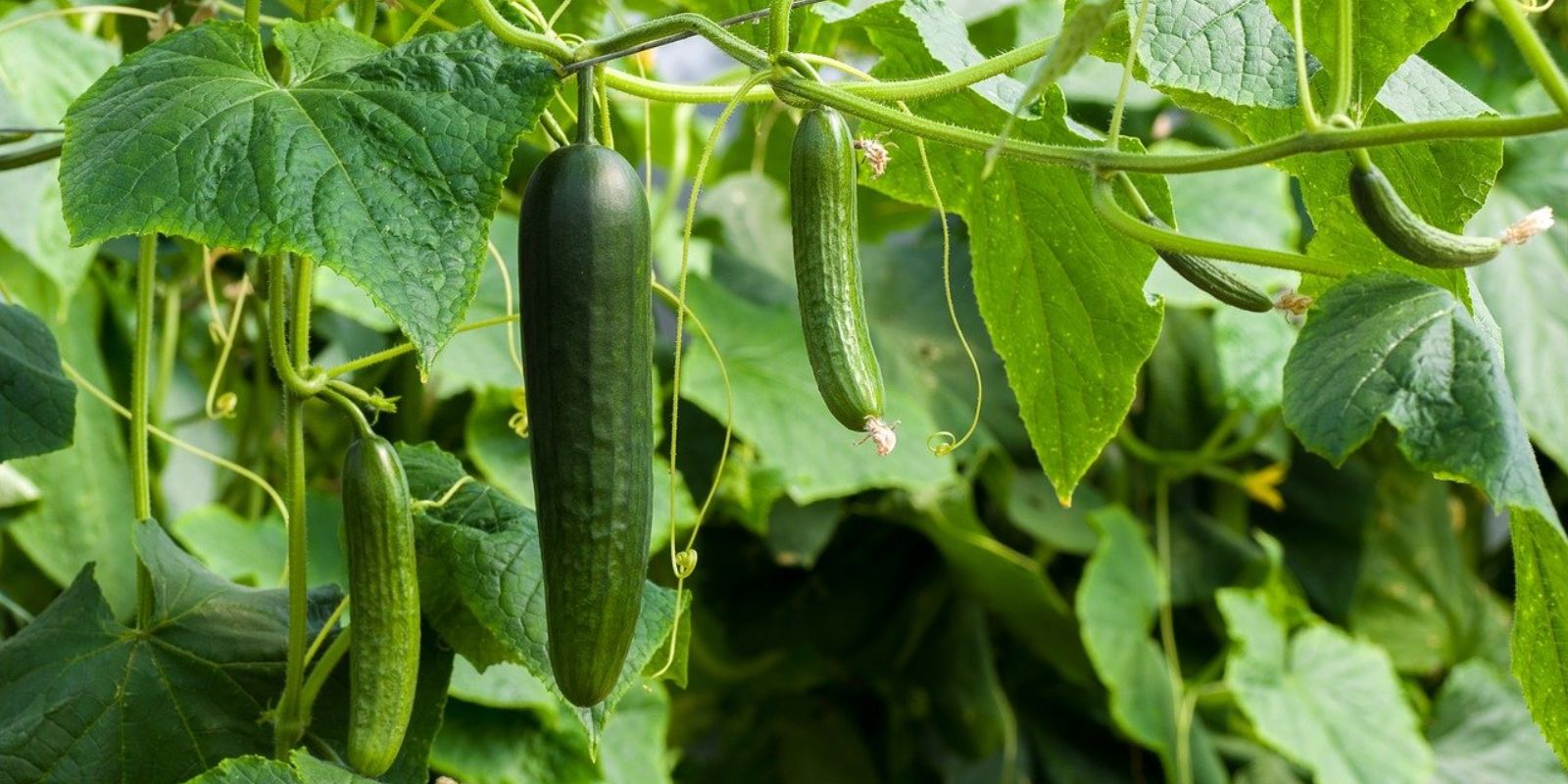Growing cucumbers in your home garden can be an incredibly rewarding experience. These crisp, refreshing vegetables are not only delicious but also versatile, making them a favorite in salads, sandwiches, and pickles. Whether you’re a seasoned gardener or a novice, understanding the best practices for cultivating cucumbers can lead to a lush, healthy crop. This comprehensive guide will walk you through everything you need to know to grow cucumbers successfully in your home garden.
Why Grow Cucumbers?
Cucumbers (Cucumis sativus) are popular for several reasons:
- Versatility: Cucumbers can be eaten fresh, pickled, or used in a variety of dishes.
- Nutritional Benefits: They are low in calories and high in vitamins and minerals, including vitamin K, vitamin C, and potassium.
- Space Efficiency: With the right techniques, cucumbers can be grown in small spaces, making them ideal for urban and suburban gardens.
Choosing the Right Cucumber Variety
The first step in growing cucumbers is selecting the right variety for your garden:
- Bush Varieties: Ideal for small spaces and containers. They grow compactly and produce a high yield.
- Vining Varieties: Require more space and benefit from trellises or vertical gardening techniques. They generally produce larger fruits.
- Pickling vs. Slicing: Pickling cucumbers are usually smaller and bumpy, while slicing cucumbers are larger and have a smoother skin. Choose based on your intended use.
Planting Cucumbers
Proper planting is crucial for a successful cucumber harvest. Here’s how to get started:
1. Timing and Location
- Planting Season: Cucumbers thrive in warm weather. Plant them outdoors after the last frost date when the soil temperature has reached at least 70°F (21°C).
- Sunlight: Choose a location that receives full sun—at least 6-8 hours of direct sunlight daily. Cucumbers need ample light to grow and produce fruit.
2. Soil Preparation
- Soil Type: Cucumbers prefer well-draining, loamy soil with a pH between 6.0 and 7.0. Heavy clay or sandy soils can be amended with compost to improve drainage and fertility.
- Soil Enrichment: Mix in plenty of organic matter such as compost or aged manure before planting. This helps retain moisture and provides essential nutrients.
3. Planting Techniques
- Direct Seeding: Sow cucumber seeds directly into the garden bed about 1 inch deep and 6-12 inches apart, depending on the variety. Thin seedlings to the recommended spacing after they emerge.
- Transplants: Start seeds indoors 3-4 weeks before the last frost date. Transplant seedlings outdoors once they have at least 2-3 sets of true leaves and the weather is warm.
Caring for Cucumbers
Once your cucumbers are planted, proper care is essential for healthy growth and a bountiful harvest:
1. Watering
- Consistency: Keep the soil consistently moist but not waterlogged. Cucumbers have shallow roots and require regular watering to prevent stress.
- Method: Water at the base of the plants to avoid wetting the foliage, which can lead to fungal diseases. Drip irrigation or soaker hoses are ideal for providing consistent moisture.
2. Fertilizing
- Initial Fertilization: Incorporate a balanced fertilizer or compost into the soil before planting.
- Ongoing Nutrition: Feed cucumbers with a balanced, water-soluble fertilizer every 3-4 weeks during the growing season. Avoid high-nitrogen fertilizers, as they can promote excessive leaf growth at the expense of fruit production.
3. Supporting Vines
- Trellising: For vining varieties, use trellises or vertical supports to keep the vines off the ground. This saves space and helps prevent diseases by improving air circulation around the plants.
- Training: Gently train cucumber vines to climb the trellis as they grow. This also helps with easier harvesting and reduces the risk of pests.
Managing Pests and Diseases
Cucumbers are susceptible to various pests and diseases. Here’s how to manage them:
1. Common Pests
- Aphids: Small, sap-sucking insects that can cause leaf distortion and stunted growth. Control aphids with insecticidal soap or by encouraging natural predators like ladybugs.
- Cucumber Beetles: These beetles can damage plants and spread diseases. Use row covers to protect young plants and hand-pick beetles when necessary.
- Spider Mites: Tiny pests that cause leaf discoloration and webbing. Increase humidity around plants and use miticides if infestations occur.
2. Common Diseases
- Powdery Mildew: A fungal disease that produces white powdery spots on leaves. Improve air circulation and avoid overhead watering. Use fungicides if needed.
- Downy Mildew: Another fungal issue characterized by yellow spots on leaves. Remove infected plants and use fungicides to manage outbreaks.
- Bacterial Wilt: Caused by bacteria that infect cucumber vines, leading to wilting and collapse. Remove infected plants and avoid overhead watering to reduce spread.
Harvesting Cucumbers
Knowing when and how to harvest cucumbers is key to enjoying the best flavor and texture:
- Timing: Harvest cucumbers when they are firm and green, before they become overripe and turn yellow. For slicing varieties, pick them when they are 6-8 inches long. Pickling cucumbers are typically harvested when they are smaller.
- Frequency: Regular harvesting encourages continued production. Pick cucumbers every few days to ensure that the plant remains productive.
Additional Tips for Success
- Mulching: Apply mulch around the base of the plants to retain moisture, regulate soil temperature, and suppress weeds.
- Companion Planting: Plant cucumbers alongside companion plants like radishes or beans, which can help deter pests and improve growth.
- Season Extension: Use row covers or cloches to protect plants from early frosts and extend the growing season.
Conclusion
Growing cucumbers in your home garden can be a gratifying experience, offering you fresh, homegrown produce throughout the growing season. By selecting the right variety, preparing your soil, providing proper care, and managing pests and diseases, you can cultivate a lush, healthy cucumber crop. Embrace these tips and techniques to enjoy a thriving garden and a bountiful harvest of crisp, delicious cucumbers.
Start growing your cucumbers today and savor the taste of fresh, homegrown veggies! 🥒🌱

